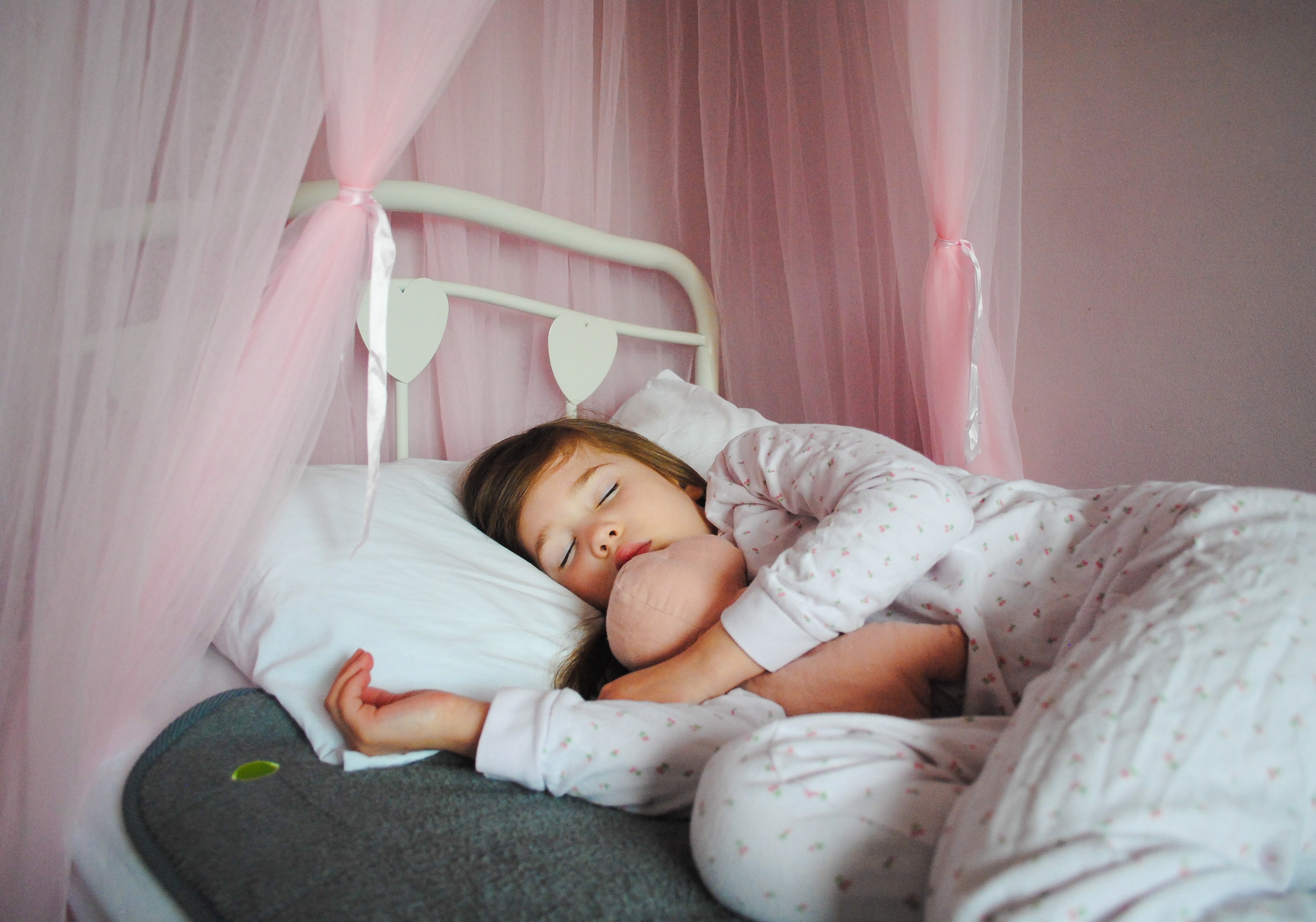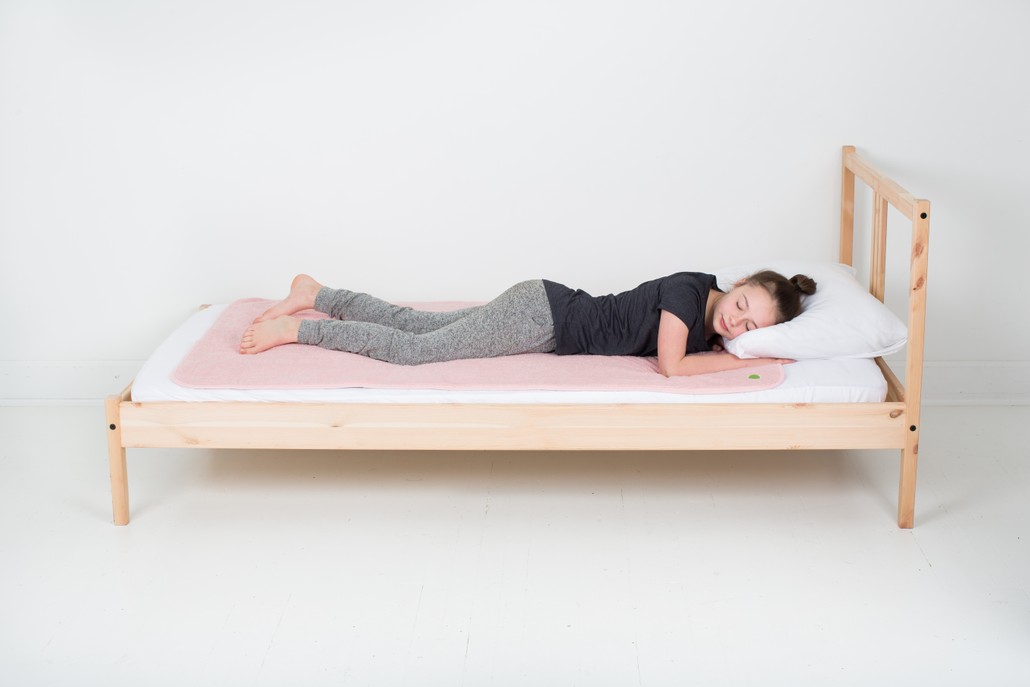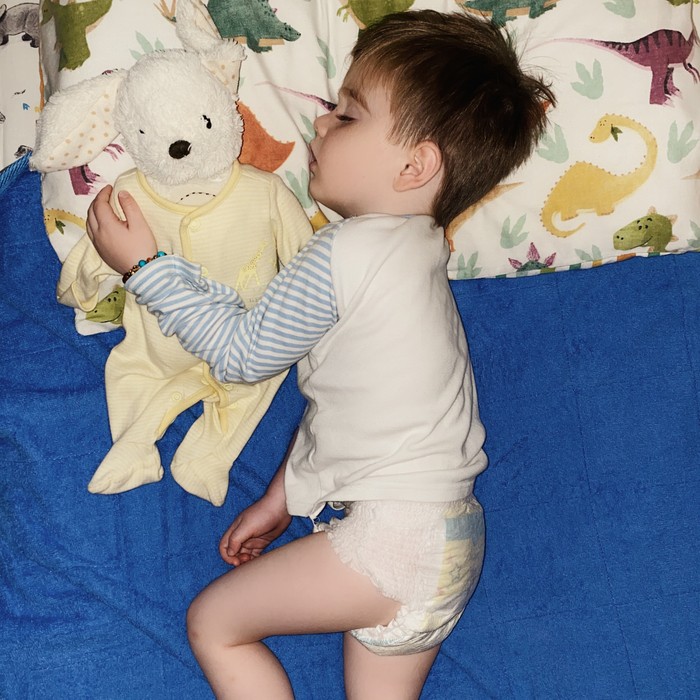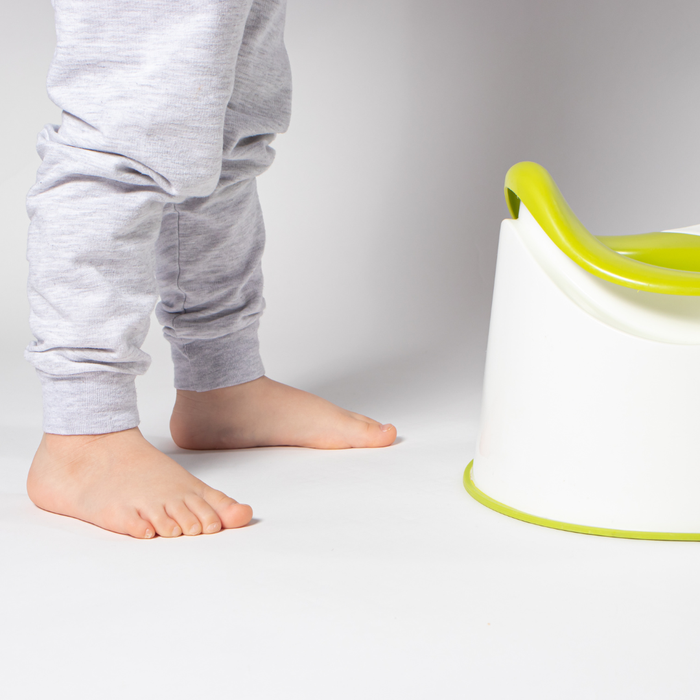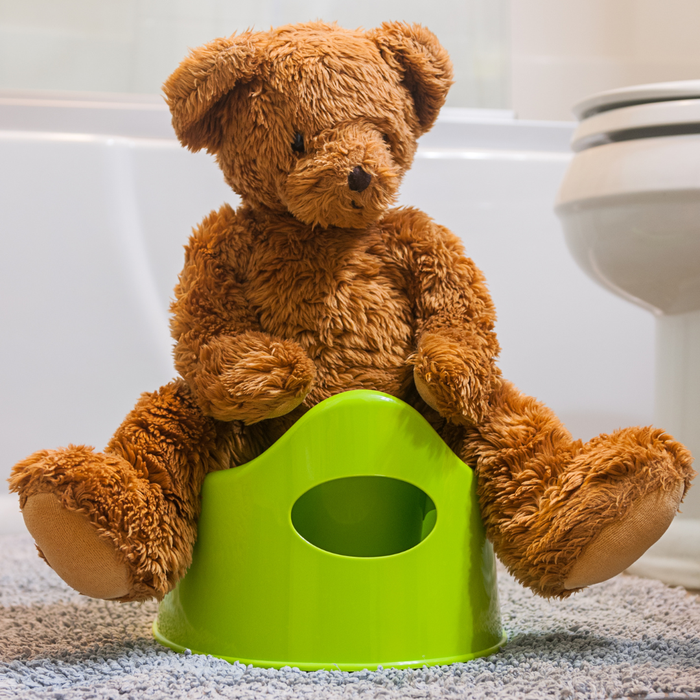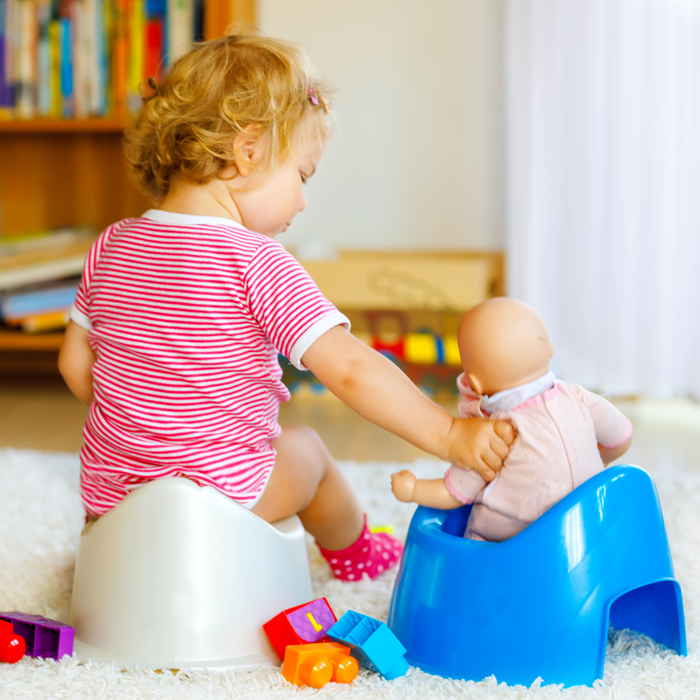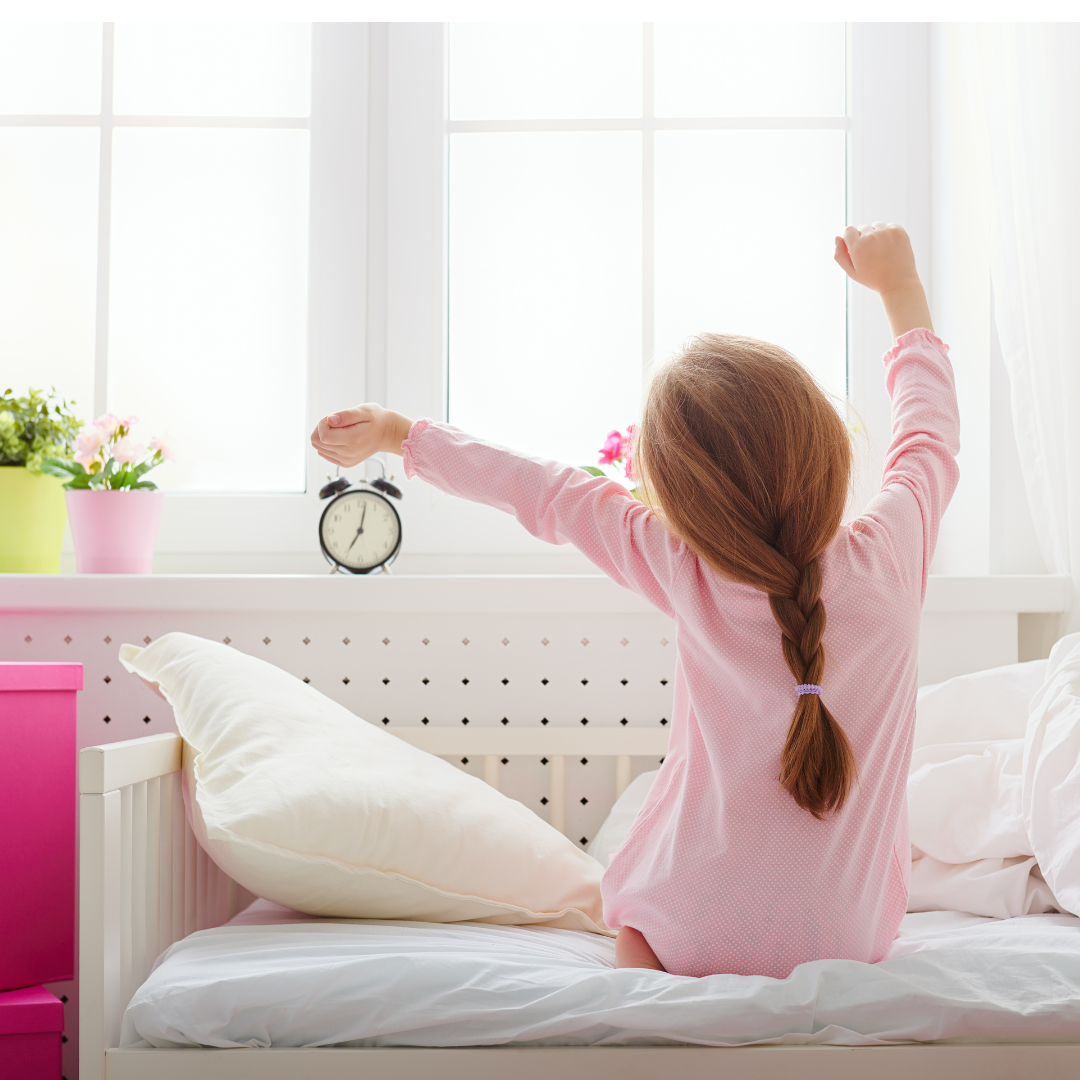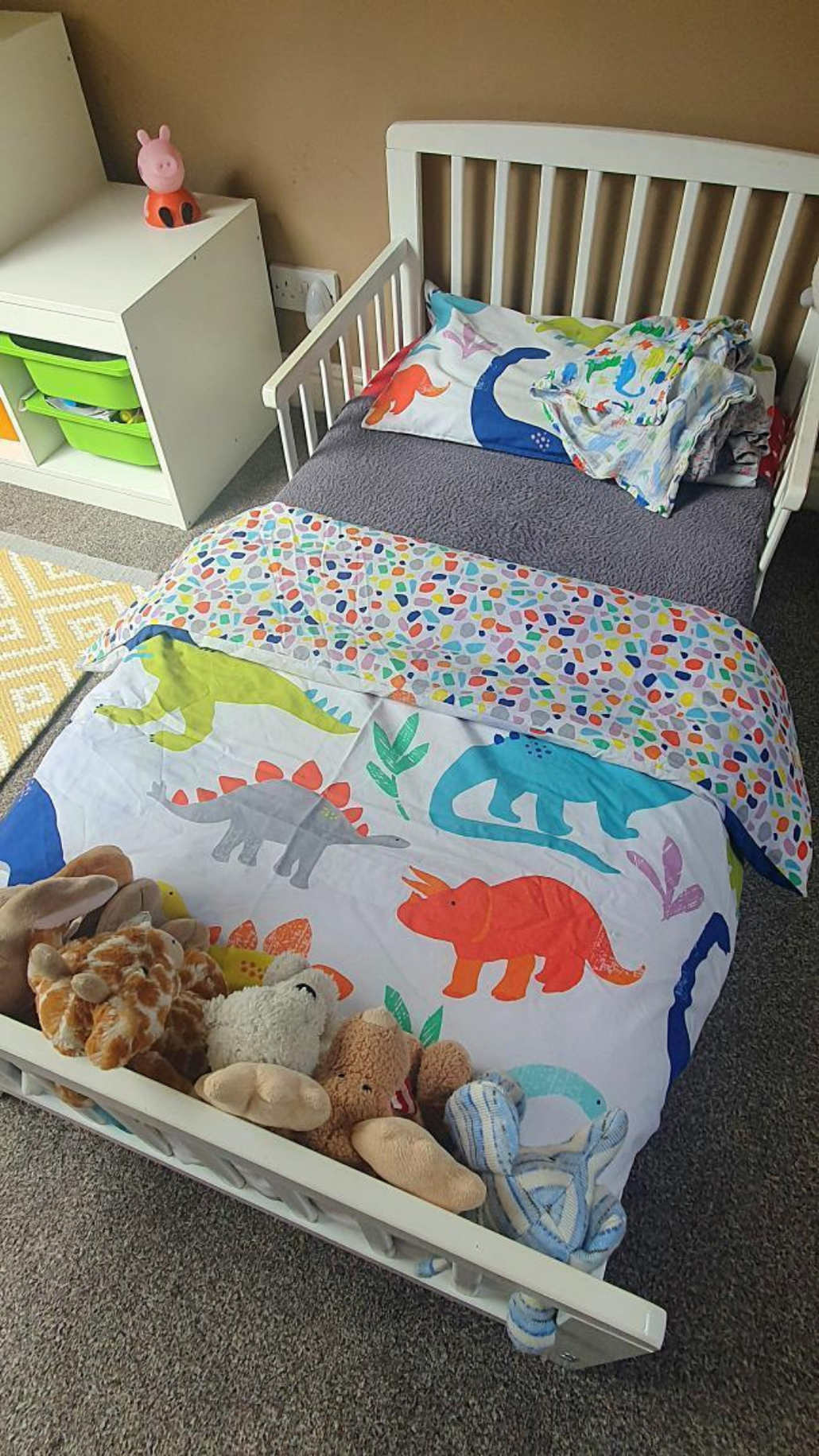
Children grow quickly and their rooms need to be upgraded from time to time to suit their changing needs. These tips will help you design your child's room according to their needs - and save you money in the long run.
1. Choose a long-lasting bed. For babies, it would be a cot bed that will last them well into their toddler years. For children that outgrew their cot, a good choice is an expandable bed or a junior bed. If the bedroom is shared between children, bunk beds can save you lots of space. (Keep in mind that recommended age for children to sleep in the top bunk is 6 years old and above). 🛏️
2. Pick timeless furniture. Avoid furniture with your child's favourite movie/book character, as it will quickly become outdated. Opt for timeless furniture and decor instead.
3. Paint walls in their favourite colour. By painting the bedroom your kid’s favourite colour, you'll add personality to their bedroom easily, that won’t break the bank.🎨
4. Keep things organized. Children's bedrooms can quickly get messy and overwhelming. Opt-in for storage options for their toys, books and clothes. That includes under bed storage drawers and shelves with labelled boxes (you can also use stickers or pictures so your child knows what's inside). Kids are more likely to play with their toys if they're organised and easy to find.
5. Organise their wardrobe. Adding more shelves and drawer dividers can work wonders. Ikea and Matalan have some great solutions.
6. Rotate and display their toys. Toy rotation works best when your child is bored and doesn't know what to play with. Give old toys a new lease of life by switching them up. 🧸
7. Include a reading area. Kids need a place in their room where they can escape and read without distractions. Add a beanbag or floor cushions to create a reading nook. 📚
8. Choose timeless wall art. Children's interests and favourite characters change so quickly that by the time your newly ordered wall stickers arrive, your child may have moved on to a new game or movie. Choose subtle and timeless design elements instead.


